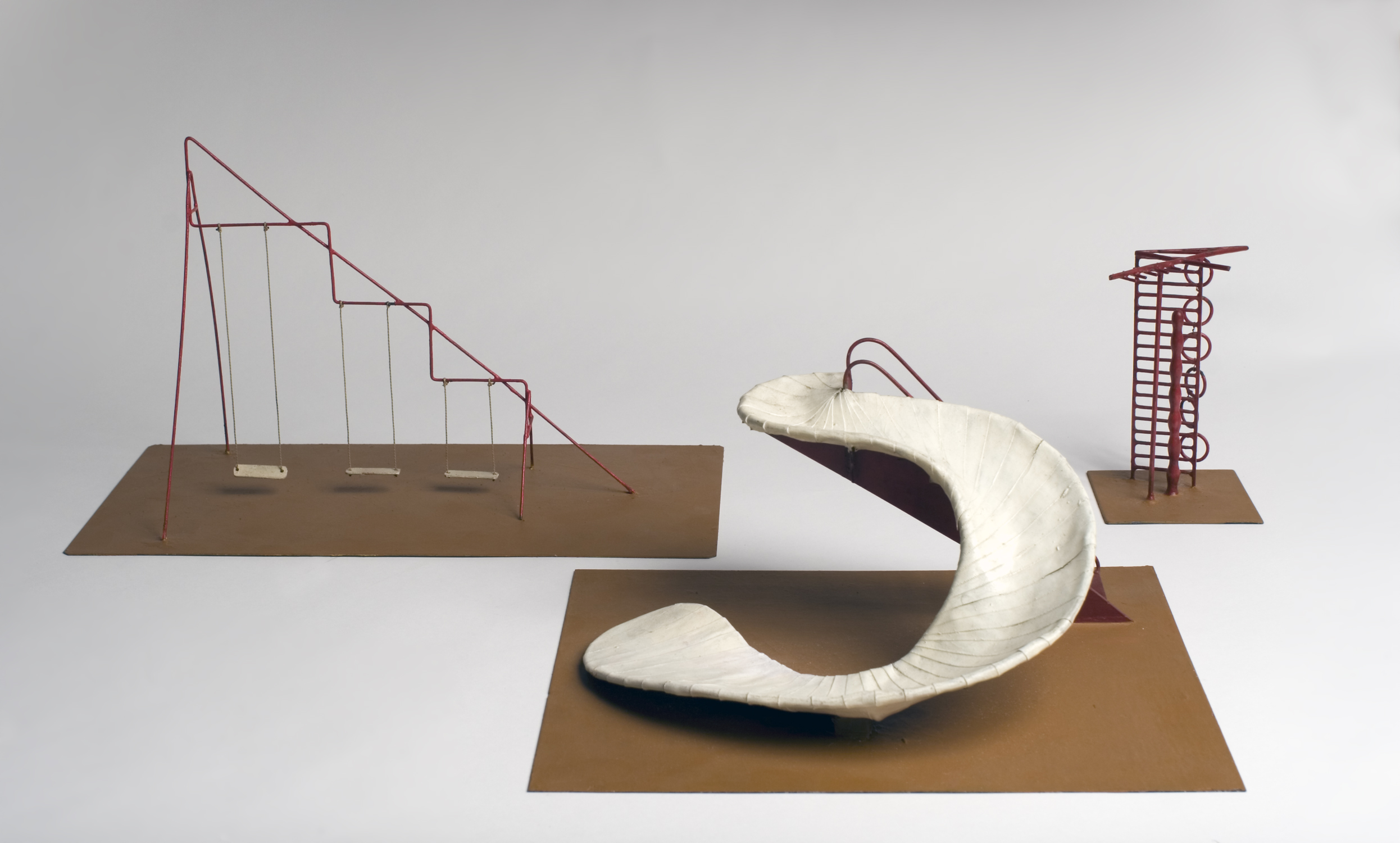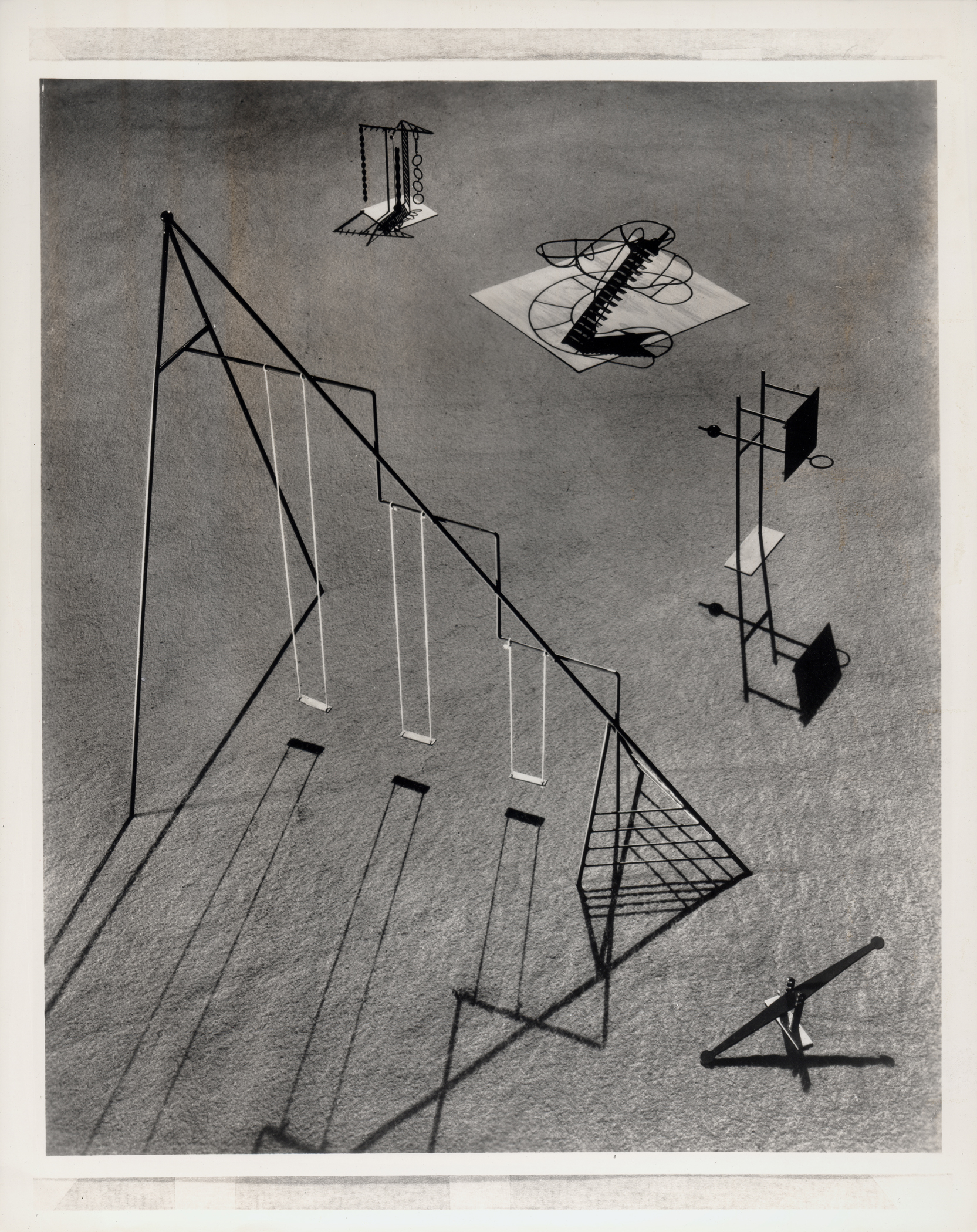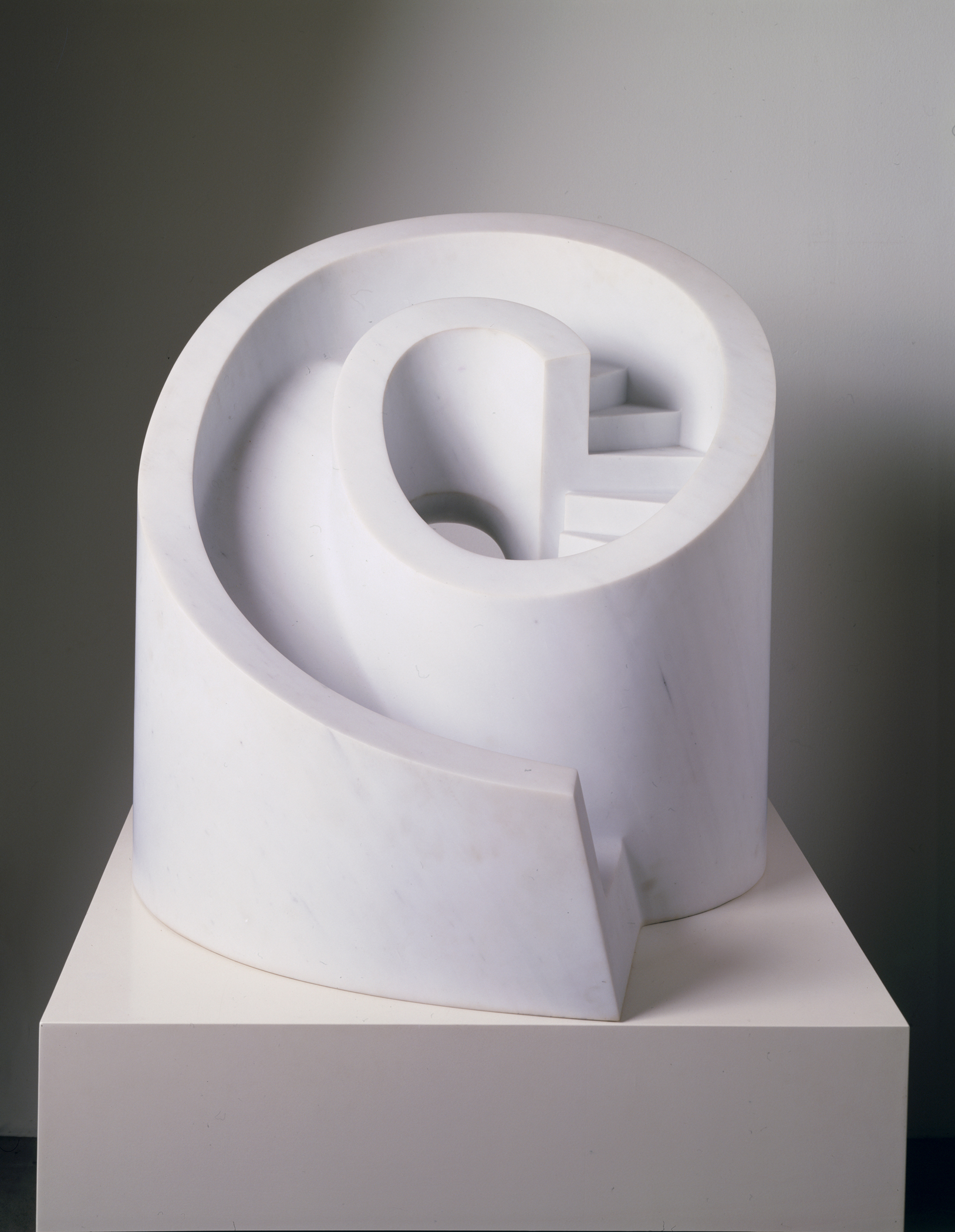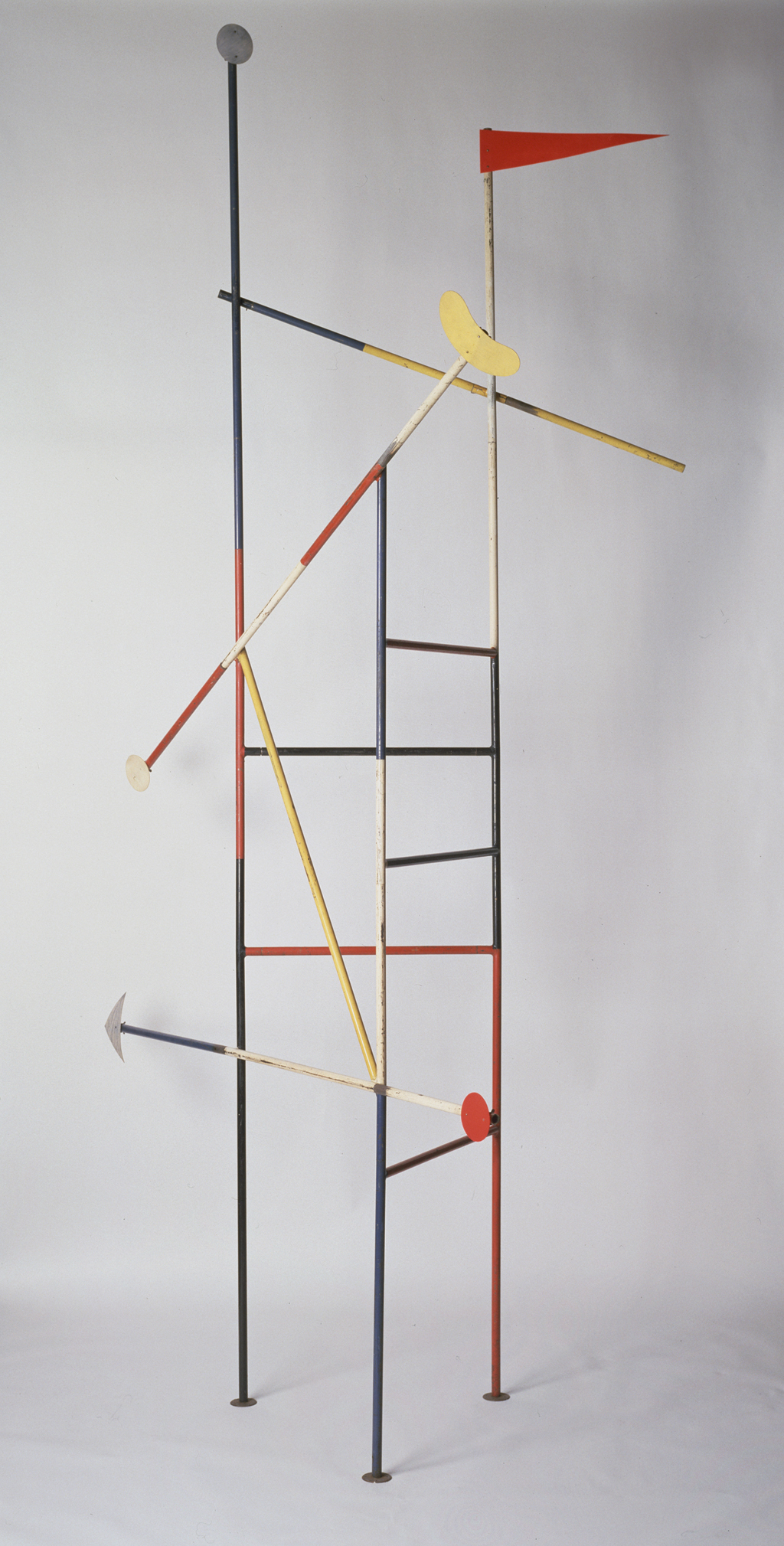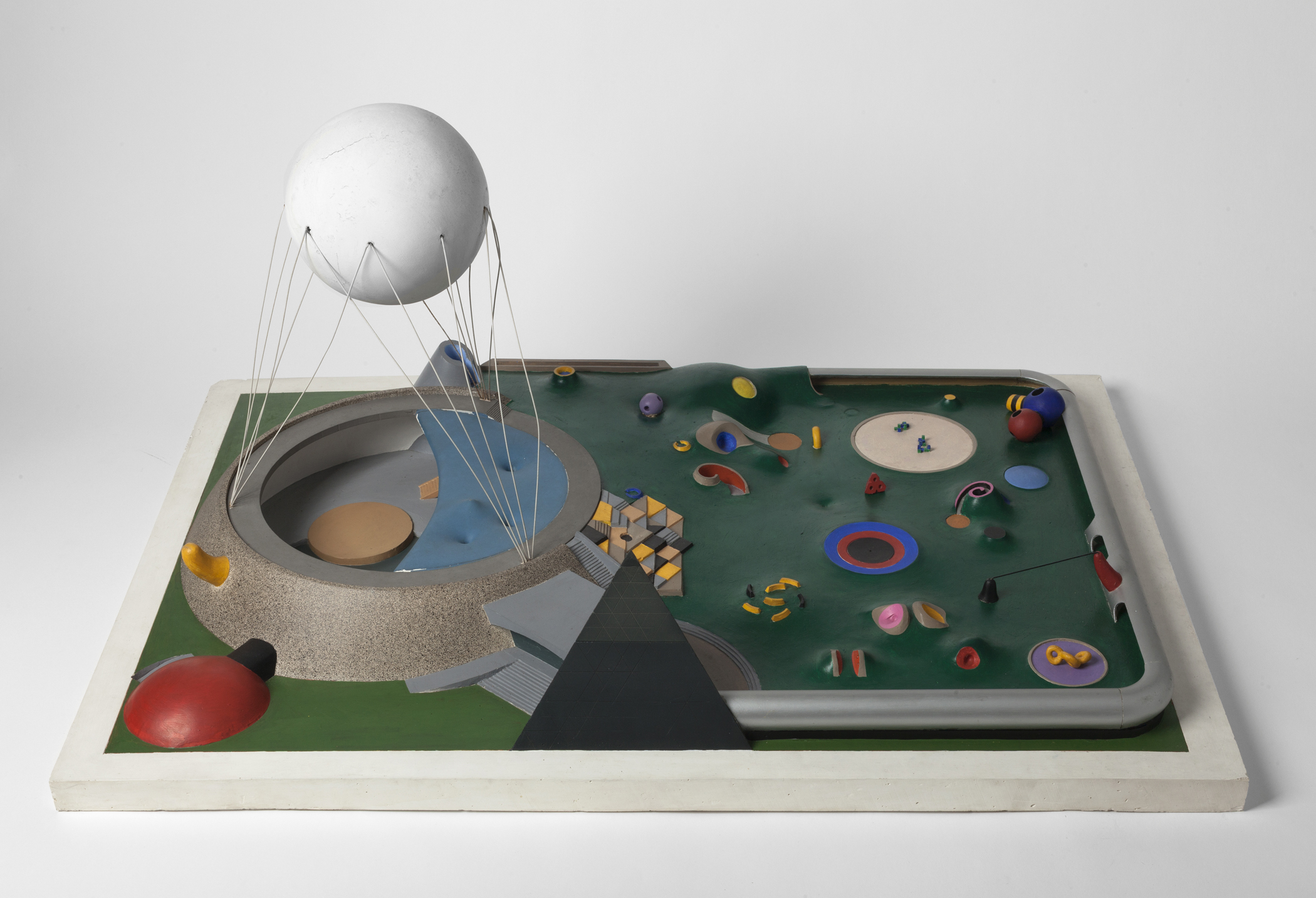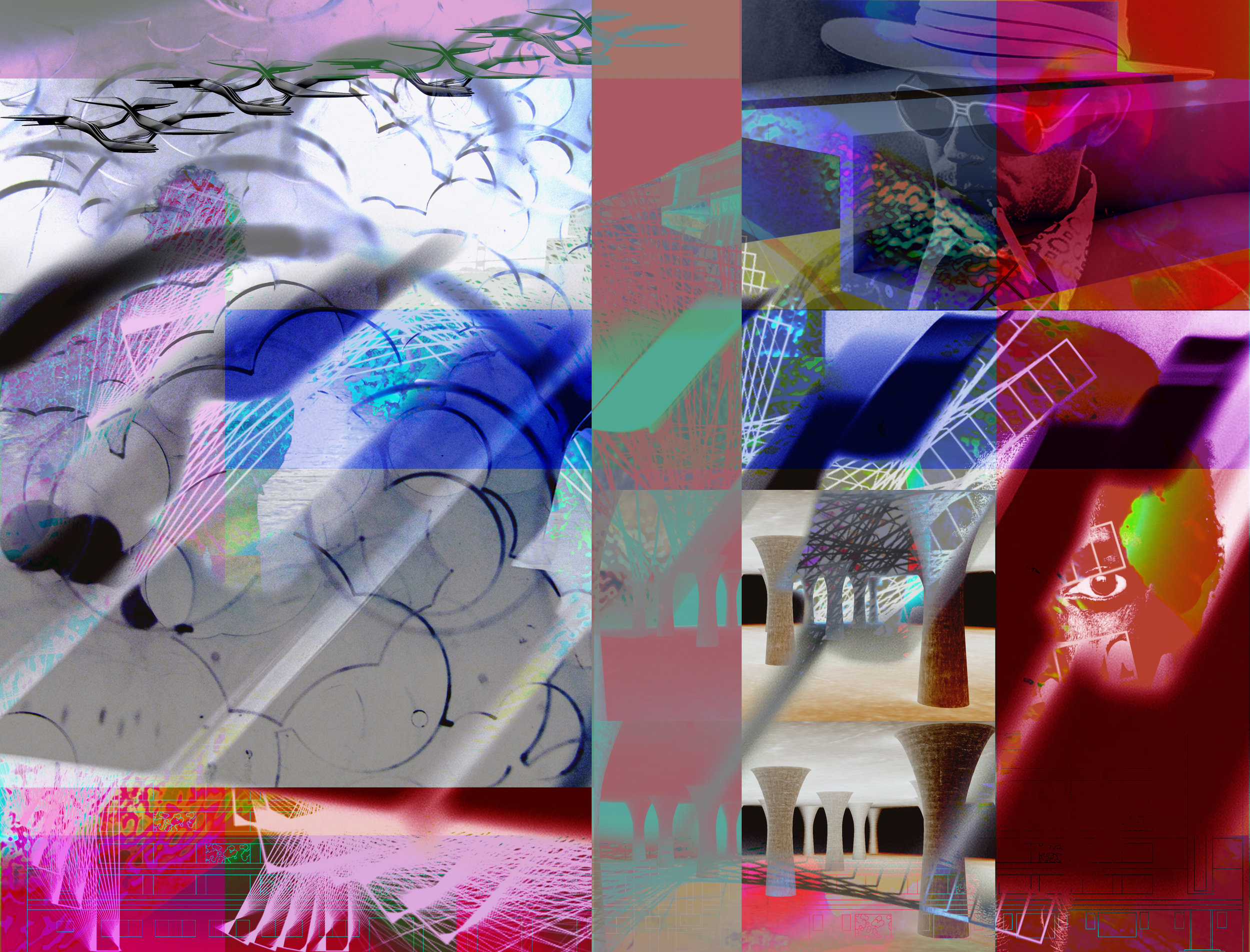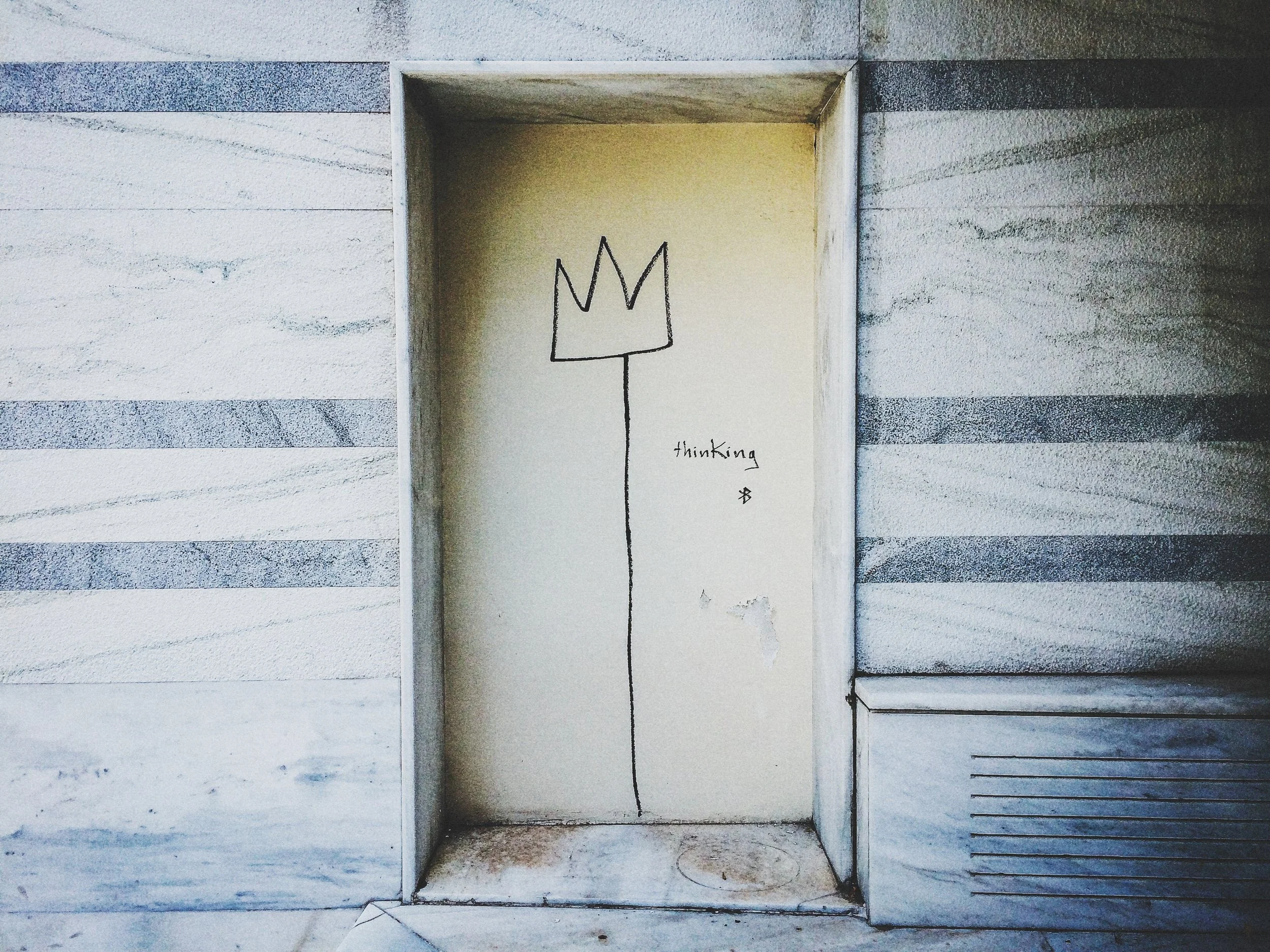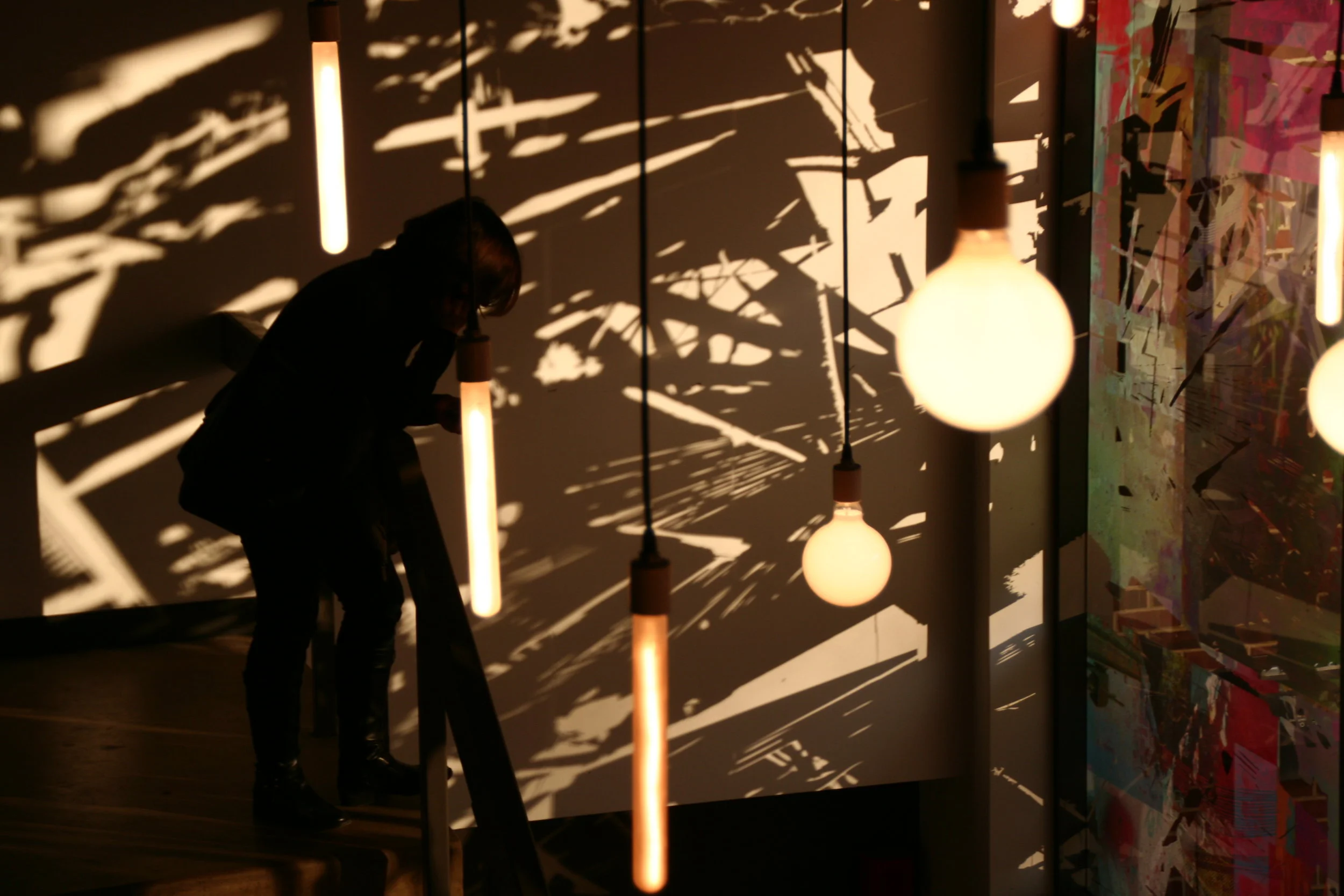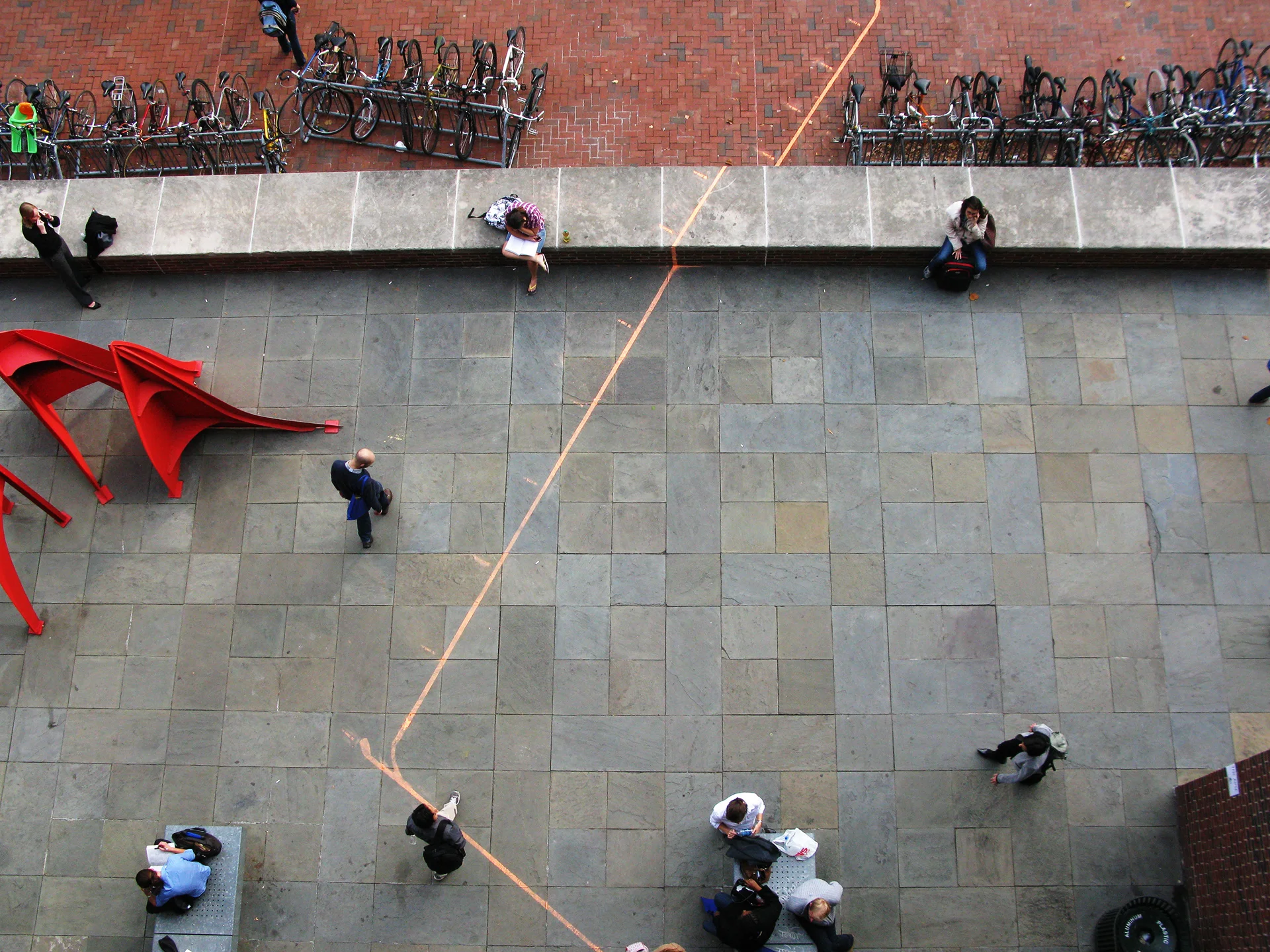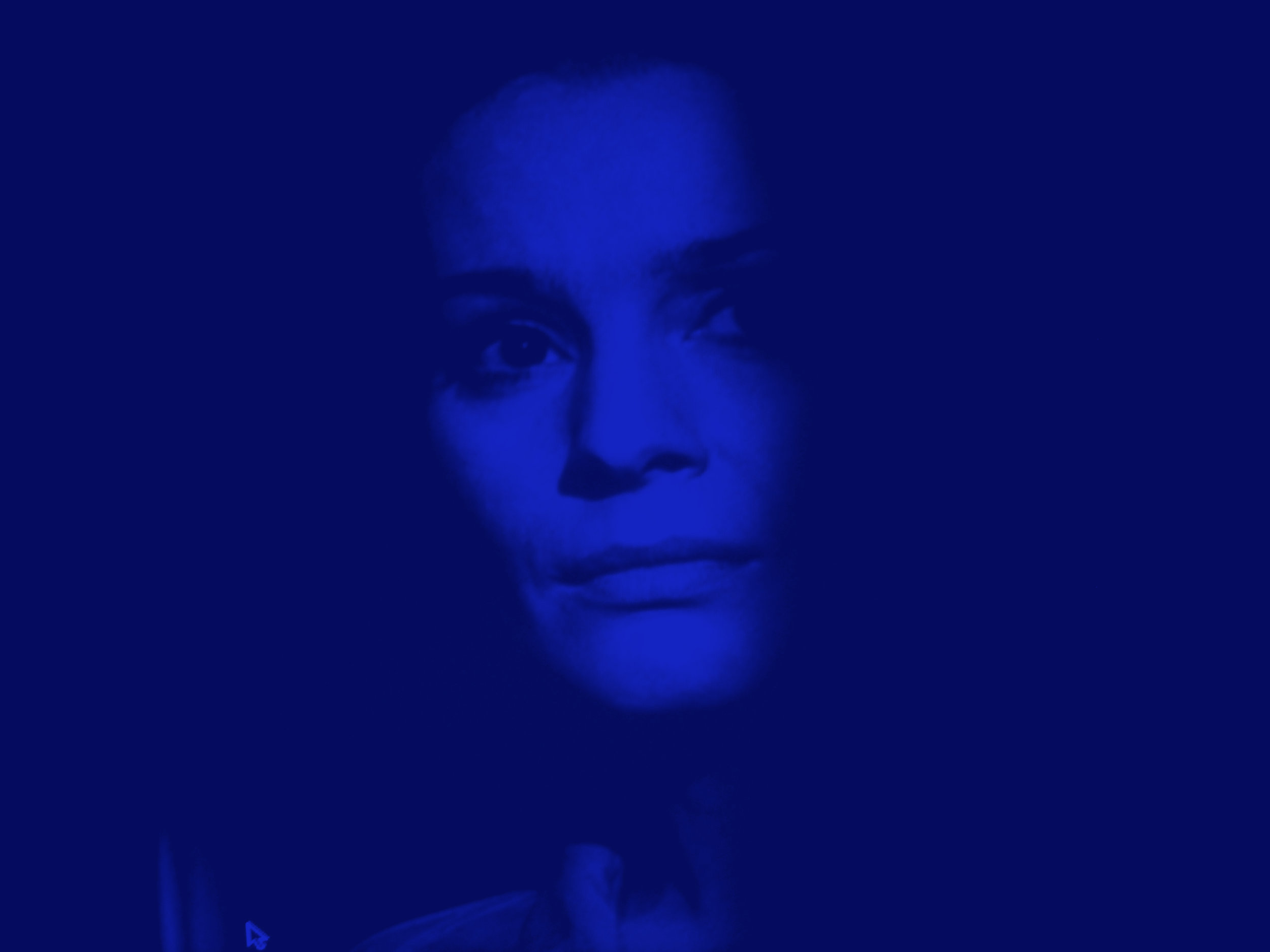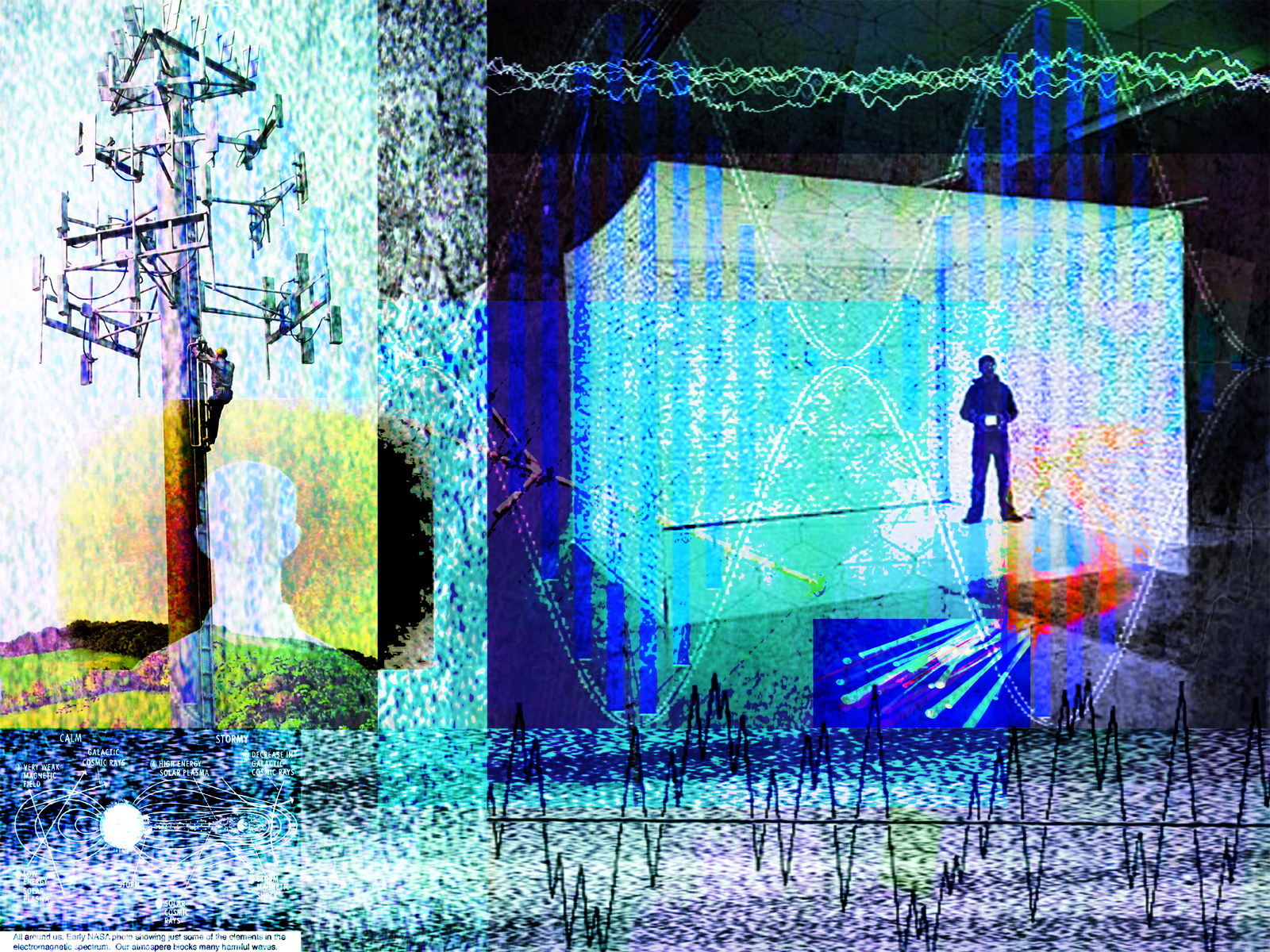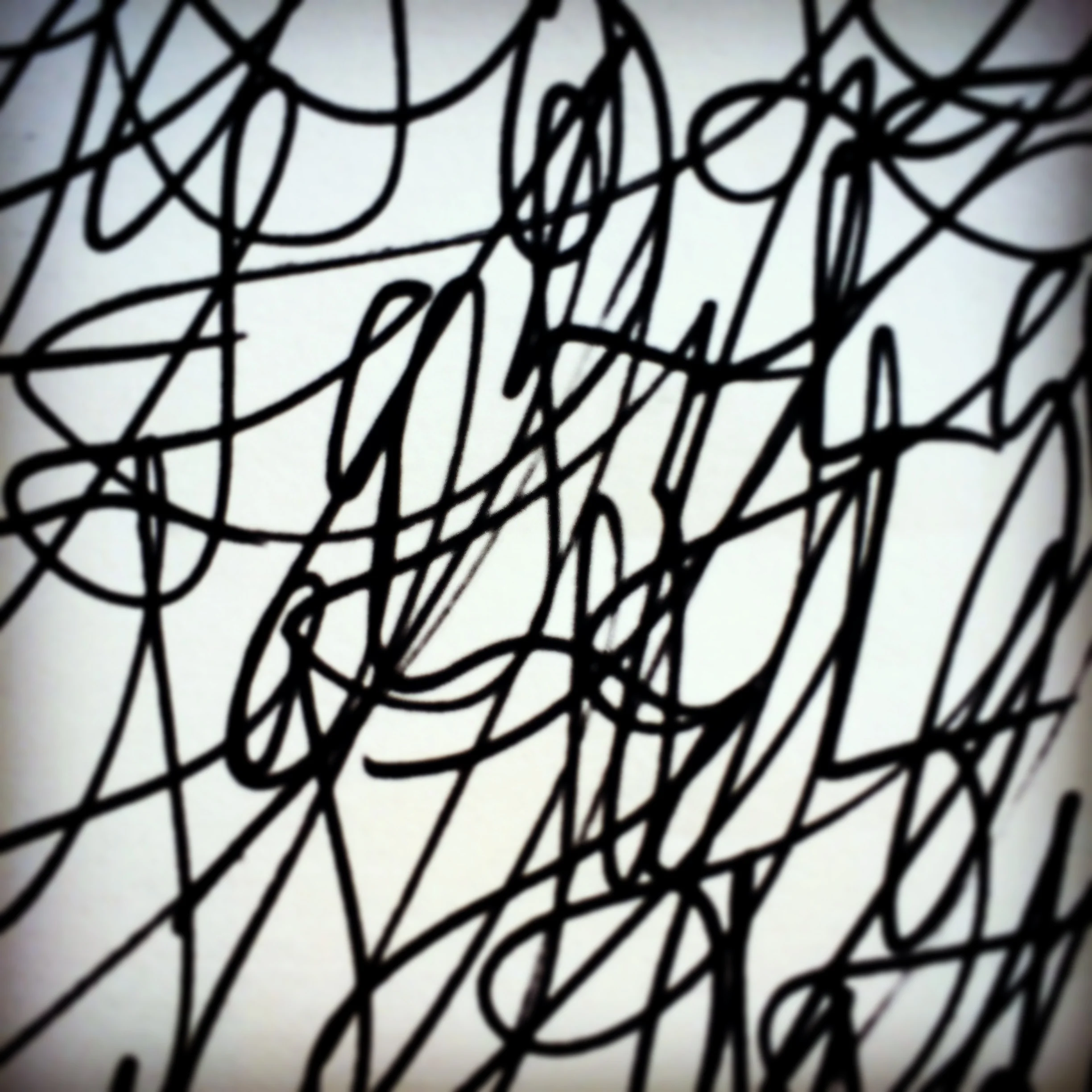Noguchi Playscapes at SFMOMA
“The playground, instead of telling the child what to do (swing here, climb there), becomes a place for endless exploration, of endless opportunity for changing play. And it is a thing of beauty as the modern artist has found beauty in the modern world” Isamu Noguchi (1967).
Currently on exhibition at the SFMOMA in San Francisco is a medium-sized but compelling collection of work from Japanese American artist and landscape architect Isamu Noguchi. Noguchi’s Playscapes touches upon the lighthearted modernist-inspired play-related landscapes and sculptures of the relatively well-known Noguchi. Perhaps his best-known work is the Noguchi table that is still produced by the HermanMiller company today. More of his permanent oeuvre is stored and exhibited at the Noguchi Museum in New York City, NY. Most of the work on display is un-built work designed by the artist throughout his career. A collection of sketches, models, and archival images used to construct his ideas is meticulously laid out through a series of gallery spaces that activate and surprise the imagination.
Upon entering the exhibition you are greeted by a selection of Noguchi’s pencil drawings, depicting through conventional means the plan and elevation of a number of his concepts executed as an architect or landscape architect might deliver. Underneath these drawings are a series of small models directly related to their two-dimensional counterparts that hang above on the wall. As we travel along within the space we are greeted by what I have always been drawn to in the work of Noguchi, his bronze models. Two stand-alone models, Play Mountain and Contoured Playground are perched atop pedestals, exotic birds waiting to take flight.
Additionally, if one is lucky or determined enough to discover the four additional bronze landscapes, models from a celebrated collaboration with Louis Kahn (the Levy Memorial Playground from 1961-66) are exhibited on a table depicting the failed attempt to craft a new Riverside Park along the Hudson, on the Western edge of Manhattan island. While some of his earlier work had echoes of swirling amorphous wobbly Kandinsky shapes these bronze models are more formalized and suggest an understanding of a updated rigid geometric understanding of space, possibly due to the collaboration with Kahn who is known for his use of Euclidean regular geometry and Newtonian form as a basis for his spiritual one might say mystical vision of architecture. In fact one of Kahn’s drawings from 1961 is on display, a conté crayon and colored pencil rendering of the site plan for the failed park.
Unfortunately, this failure to realize projects was not a singular event, for only two of Noguchi’s public playscapes were ever built, one in Kodomo No Kuni park in Yokohama (only to be torn down one year after it was built) and the other in Piedmont Park in Atlanta, Georgia (this one being somewhat simpler and more straightforward than some of his other exciting concepts). His un-built work strove to re-imagine public space as something more multi-layered, through unique forms, surfaces, textures and shapes. The imagination of children compelled and focused this particular work to be experimental and amorphous, less defined and more open-ended than many traditional playground structures we find built in the world today. Having worked with well-known choreographers for dance such as Martha Graham and Merce Cunningham in New York City for over thirty years, one could imagine that the temporary, lightweight, mobile and transitory nature of the dance and theater setting had significantly influenced Noguchi. Full-scale mock-ups of these dance sculptures are on display in the gallery and entice the viewer to enter and swing within their embrace.
Over the course of his career, Noguchi strove to define and re-define the concept of sculpture in the urban landscape and dreamed of more aesthetically powerful constructs that could reconfigure everyone’s interaction with the built environment. He considered, “sculpture in the public realm” to be “an aesthetic and cultural tool capable of reconciling social inhibitions and individuality. This shaped his vision for the democratization of art, leading him to devise outdoor play structures that encourage creative interaction as a way of learning” (Noguchi’s Playscapes, 2017). In many cases, I found the work to hearken back to the work of Alexander Calder, both his large sculptural work as well as his mobiles.
As a whole, a certain buoyancy and light-weight enthusiasm vibrates from the exhibit as we are welcome into Noguchi’s imagination, an enthusiastically primary colored palette of mostly Euclidean geometric forms, expressive and refined by his work as a sculptor of elegantly and alchemically weighty objects and spaces, austere yet whimsical and finally almost Brancusian in execution.
Noguchi’s Playscapes is on display at SFMOMA from July 15 – November 26, 2017.
